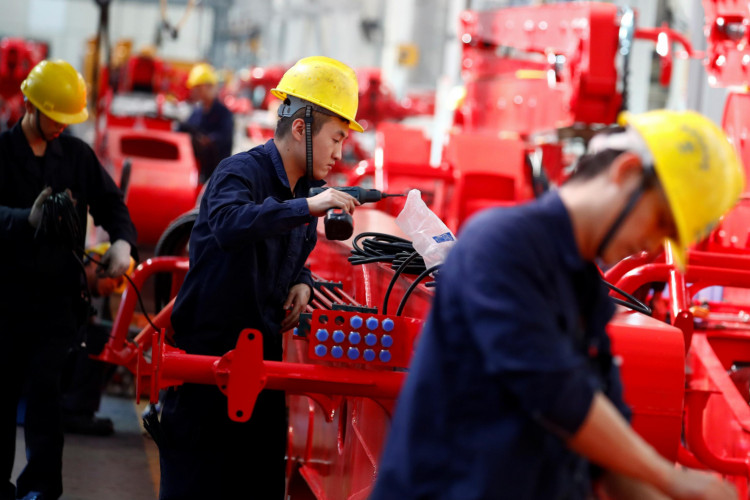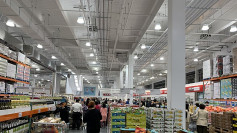Figures from China's gross domestic product disappointed shareholders with a measly 6 percent growth year-over-year in the third quarter, representing the slowest pace since the first three months of 1992.
The latest data on the industrial and manufacturing economy of China shows the broad-based downturn in these sectors. However, data released by China's National Statistics Bureau (NBS) on fixed asset accumulation, capital acquisitions, real estate and construction development showed the lowest growth rate since the launch of the formal record-keeping process in November 1999.
As a repercussion brought by the recession, poor global economic activity and increased external instability are considered major factors. Also, businesses are restricting acquisitions due to the uncertainty arising from trade disputes. A sneak peek at statistics on China's industrial production increased 4.7 percent in October relative to the 5.8 percent increase in September.
Notably, September's growth rate was up compared to August's 17-year low of 4.4 percent. The index, which tracks development in industries such as construction, mines and services, also lagged 5.4 percent growth estimates of analysts.
Therefore, manufacturing grew 4.6 percent in industrial production in contrast to the 5.6 percent increase observed in September, while manufacturing has seen a rise of 3.9 percent relative to a negative growth of 8.1 percent in September.
The world's second-largest fixed asset spending, capital acquisitions, real estate and construction increased by 5.2 percent in the first 10 months of this year, despite exceeding market observers' estimates growing by 5.4 percent. The measure is also unfavorably compared to an output of 5.4 million in September.
Retail sales have likewise seen the lowest monthly growth rate since April 2019, a significant indicator for demand. In October, the measure rose 7.2 percent year-over-year, falling short of in-line forecasts by economists, forecasting little improvement from September's 7.8 percent growth, based on a Bloomberg report.
In contrast, investment in infrastructure has increased by 4.2 percent year to date relative to the 4.5 percent increase in September. Elsewhere, industrial spending has risen to 2.7 percent, up from 2.6 percent in September.
China experienced better than expected export and import rates courtesy of increased export grades to the emerging markets and the European Union.
In the meantime, the central bank of China is taking steps to raise liquidity and has, for the first time since early 2016, reduced its interest rate on one-year medium-term credit facility loans. It also gave banks a one-year loan of 200 billion yuan ($29 billion) to restore stability to the banking system.






